Fiberglass ventilation fan
The fiberglass ventilation fan is widely used in various industrial and commercial applications due to its durability and effectiveness in providing air circulation and ventilation. Some common applications for fiberglass ventilation fans include:
1. Industrial Facilities: Fiberglass ventilation fans are used in industrial settings such as manufacturing plants, warehouses, and workshops to remove fumes, dust, and other airborne particles, as well as to control humidity and maintain air quality.
2. Agricultural Buildings: These fans are employed in agricultural facilities such as barns, poultry houses, and greenhouses to provide ventilation for livestock, control odors, and regulate temperature and humidity levels.
3. Commercial Kitchens: Fiberglass ventilation fans are utilized in commercial kitchens and food processing facilities to exhaust cooking fumes, grease, and heat, ensuring a comfortable and safe working environment for kitchen staff.
4. Waste Treatment Plants: These fans are essential for removing odors and maintaining proper ventilation in waste treatment facilities, sewage treatment plants, and composting facilities.
5. Automotive Workshops: Fiberglass ventilation fans are used in automotive repair shops and garages to extract exhaust fumes and airborne contaminants, creating a healthier workspace for mechanics and technicians.
6. Chemical and Petrochemical Plants: In these environments, fiberglass ventilation fans are employed to control hazardous fumes, maintain air quality, and ensure the safety of workers.
Overall, fiberglass ventilation fans are versatile and can be applied in any industrial or commercial setting where effective air circulation and ventilation are required to maintain a safe and healthy indoor environment.
✧ Product Drawing
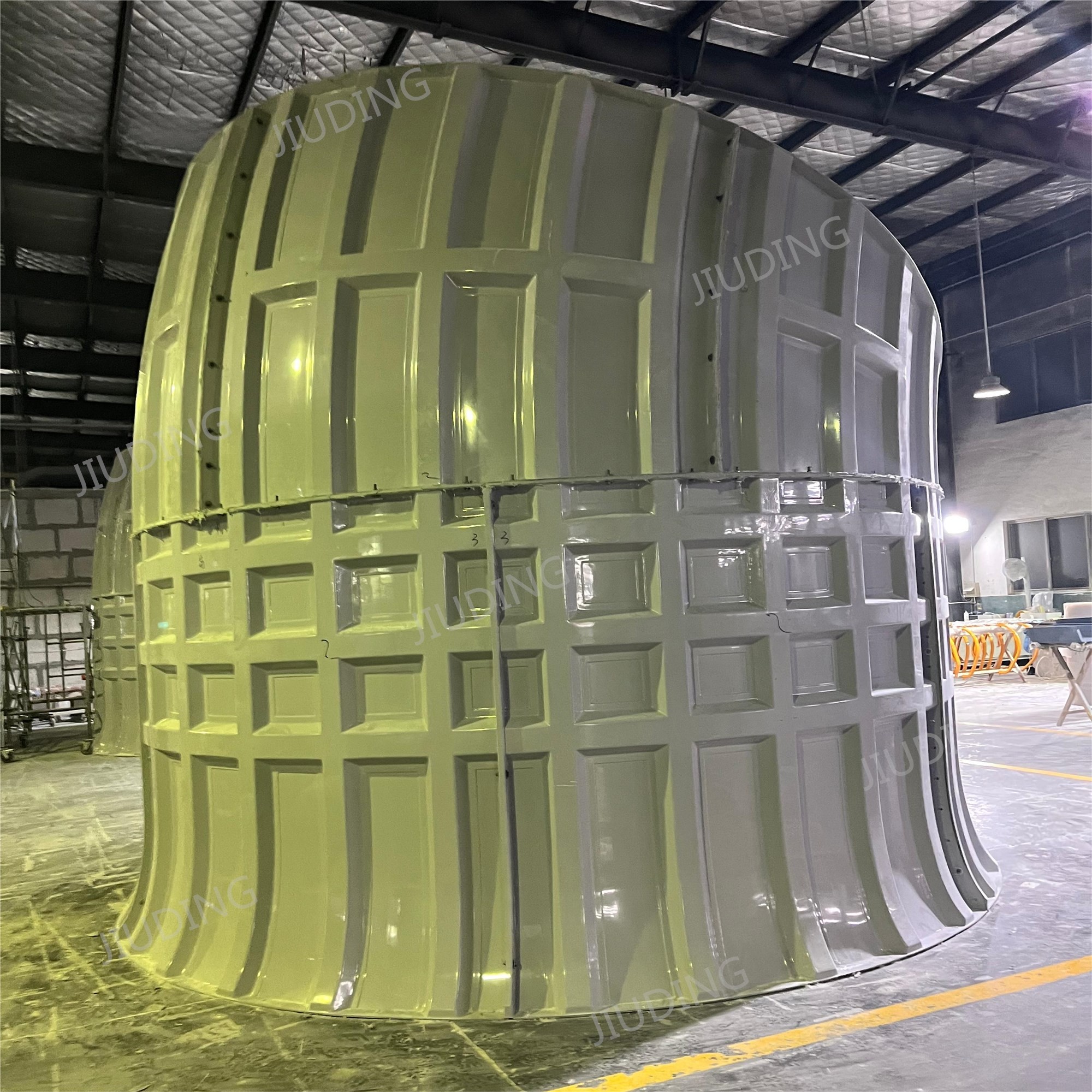
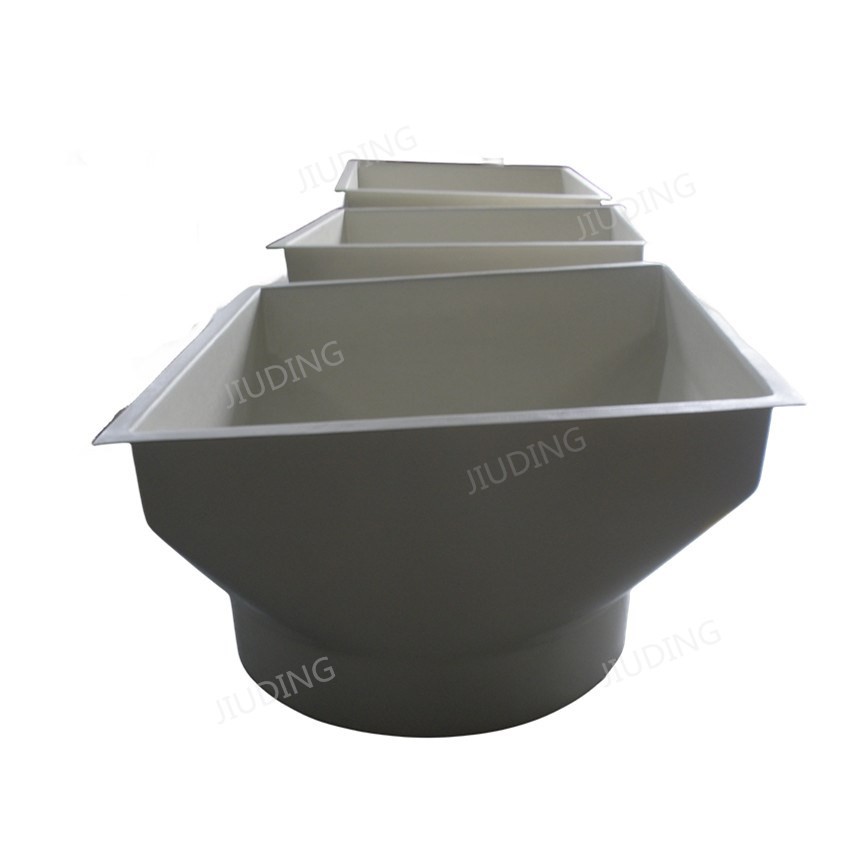
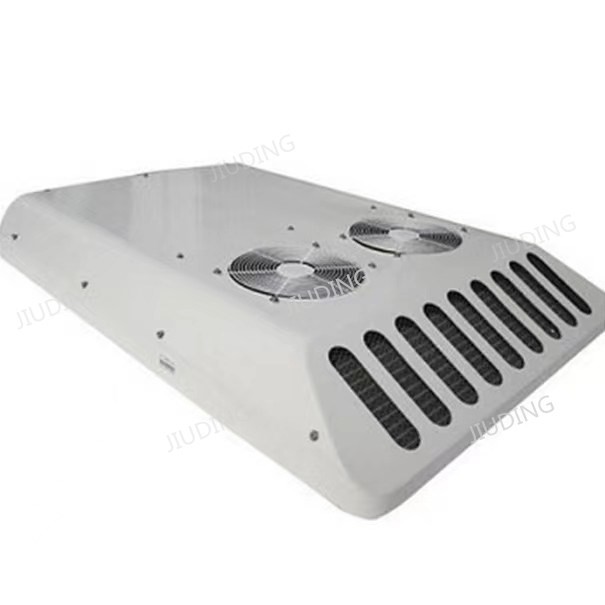
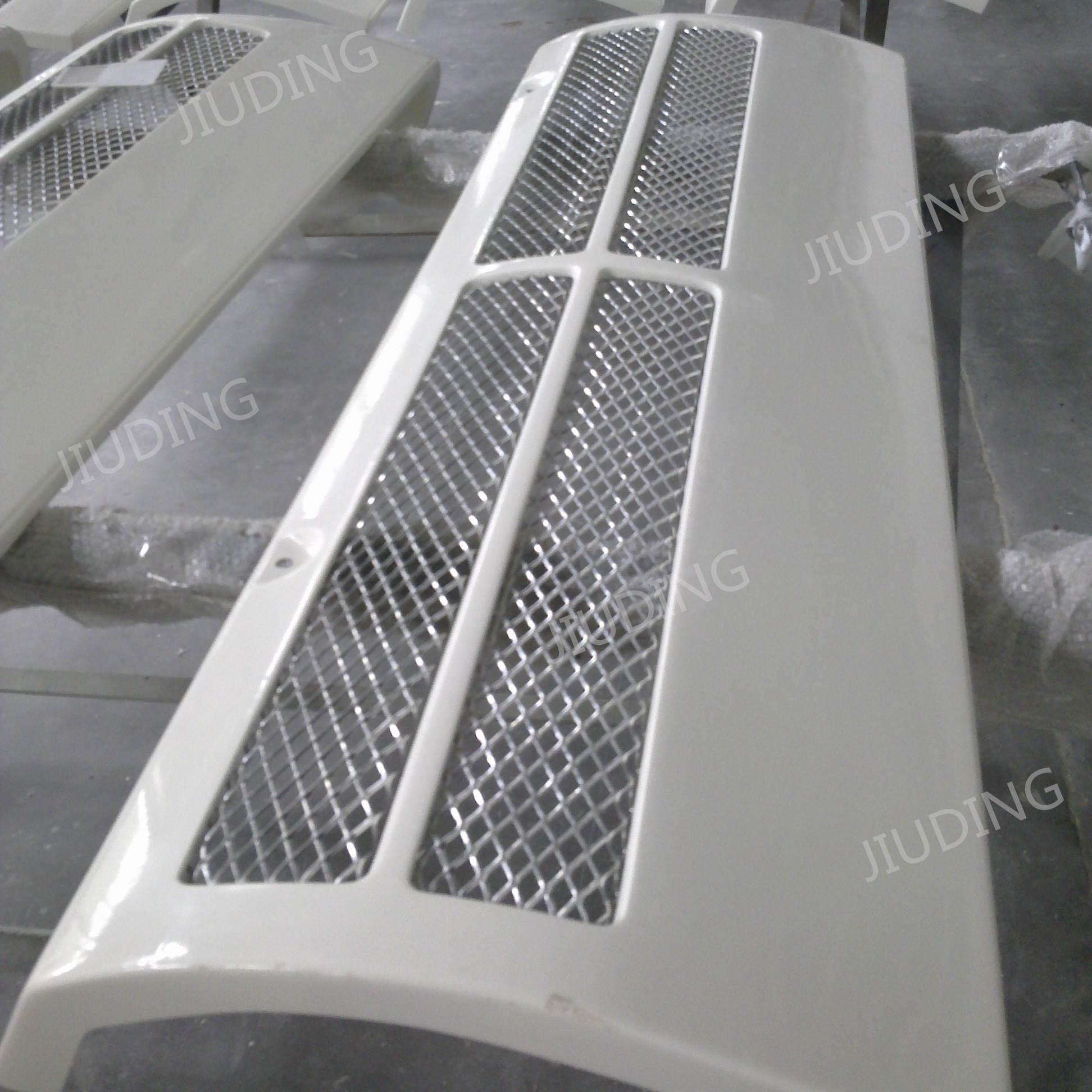
✧ Features
FRP products are widely used in the HVAC industry and can meet the requirements of different scenarios, providing reliable solutions. They can improve system efficiency, extend equipment life and have environmental performance. They meet the energy efficiency and environmental requirements of modern HVAC systems.








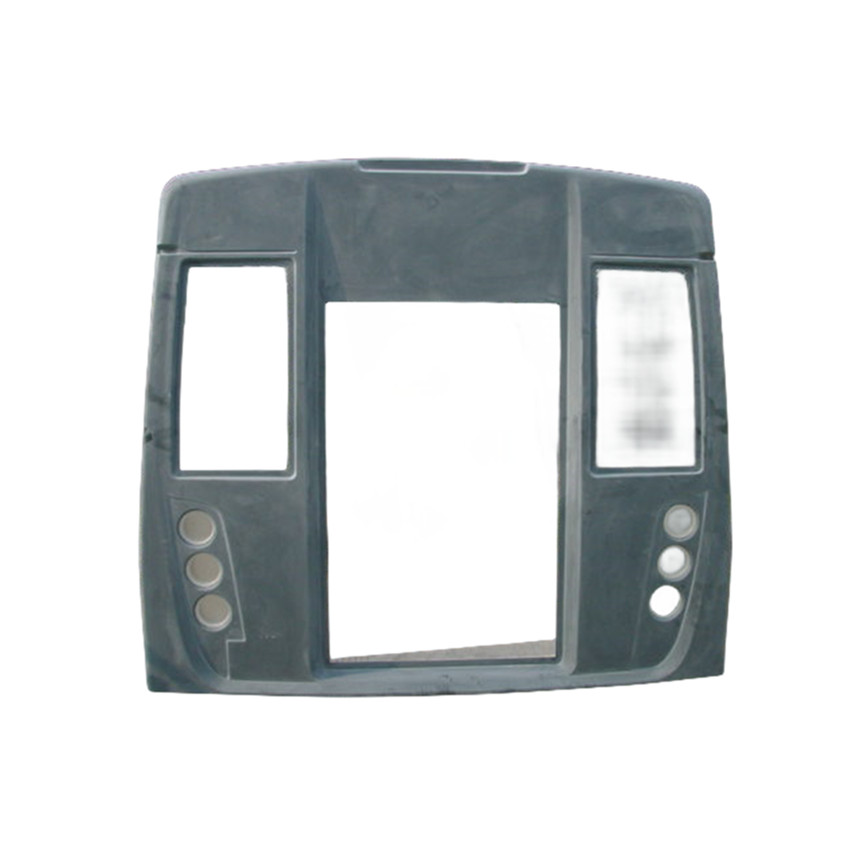


![[Copy]GRP hood for construction machinery](https://cdn.globalso.com/jiudingmaterial/fiberglass-parts-for-construction-machinery1.jpg)


